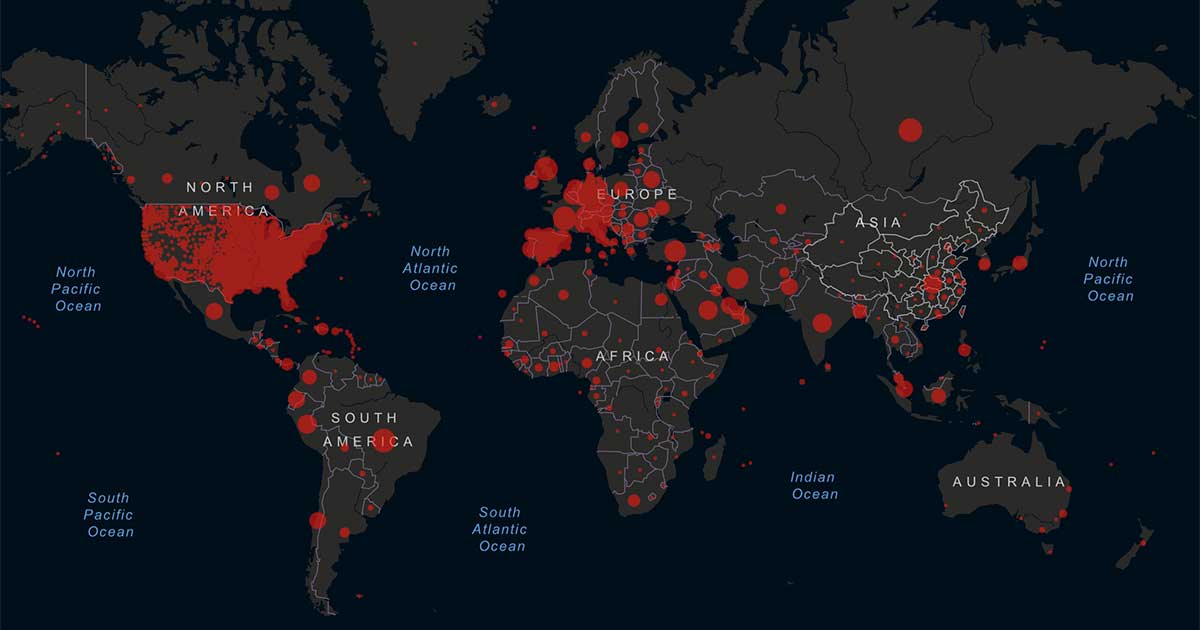Many travelers planning to vacation this summer are finding it difficult to select a destination given the uncertainty surrounding the coronavirus. Apart from the HIV/AIDS pandemic and the 2009 Swine Flu, COVID-19 is the most deadly pandemic of at least the last 50 years. It’s nothing to take lightly and many people are asking if it is safe to travel.
Data on the number of coronavirus cases and deaths collected by worldometers.info can help vacationers make educated decisions about where (and where not) to travel. The data is updated daily and can be sorted using a number of critical data points.

In thinking about my own travel plans, the data point that I found most compelling at first glance was the frequency of cases within a given country or territory, described as the number of cases per million people. A high number suggests that the outbreak is more widespread. As of the time of writing, the following countries and territories have the most widespread outbreaks of COVID-19:
- San Marino — 19,250 cases per 1 million population.
- Vatican City — 14,981 cases per 1 million population.
- Qatar — 10,774 cases per 1 million population.
- Andorra — 9,851 cases per 1 million population.
- Luxembourg — 6,292 cases per 1 million population.
- Spain — 5,914 cases per 1 million population.
- Iceland — 5,285 cases per 1 million population.
- Ireland — 4,877 cases per 1 million population.
- Mayotte — 4,825 cases per 1 million population.
- Belgium — 4,747 cases per 1 million population.
Being among the top 10 countries in rate of coronavirus transmission is a recognition that no destination wants to receive. But, are these countries and territories really the most dangerous places to visit?
Iceland, which ranks 7th on this list, now reports only 6 active cases. Of the 1,802 Icelanders who have contracted the coronavirus, only 10 have died. The country’s scope of testing ranks 2nd in the world, with 166,516 tests administered per million people. Despite having had one of the world’s highest rates of infection, other data points suggest that Iceland is now one of the safest places to travel.
A similar story unfolds with other destinations on this list, including Luxembourg (137 active cases) and Vatican City (10 active cases).
You clicked to read this article because of the sensational headline that, while true, is based on a single data point. That data point, the percent of a population that tested positive for COVID-19, doesn’t tell the whole story. And so, when considering where to go or whether to travel at all this summer, look closely at all of the available data to make the most informed decision possible.















